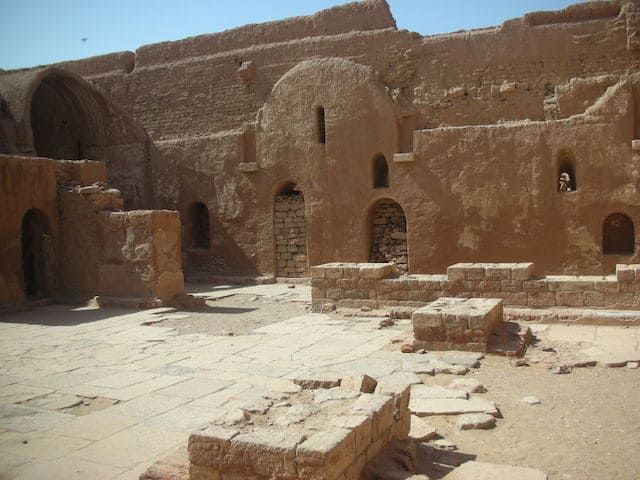No other nation in the world says ‘Welcome’ as often as the Egyptians, and every time, they mean it. While the ancient civilization of Egypt continues to amaze, contemporary Egyptians are equally remarkable.
St. Simeon Monastery
St. Simeon Monastery
The Monastery of Saint Simone in Aswan, also known as the Monastery of St. Simeon, is an intriguing historical site reflecting the rich religious and cultural heritage of Egypt.

Key Aspects of the Monastery of Saint Simone:
Established in the 7th century AD, this monastery served as a bustling hub for the Coptic Christian community in Egypt. At its zenith, it housed over 300 monks who were integral to the religious fabric of the region. The architectural layout, resembling a fortress, was crafted with defense and seclusion in mind, situated strategically on the West Bank of the Nile in Aswan.
Following the conquests led by Saladin in the 12th century, the monastery fell into disuse and gradually succumbed to decay, leaving behind a landscape of ruins. Despite its dilapidated state, the remnants of its fortified walls and architectural features continue to captivate visitors, offering a glimpse into its former grandeur.
The Monastery of Saint Simone bears witness to Egypt’s religious diversity and the enduring legacy of Coptic Christians. It serves as a repository of spiritual and ascetic practices from the early medieval period, drawing enthusiasts of Egypt’s Christian heritage and ancient architecture to its remote desert locale.
Though preservation efforts have been undertaken, the monastery’s isolation and the ravages of time present ongoing challenges. Nevertheless, it stands as a poignant reminder of Egypt’s rich cultural and religious history, offering insight into the lives of early Coptic monks and their lasting impact on the country’s Christian tradition.
Created On March 18, 2020
Updated On Aug , 2024
ASWAN Travel Guide


